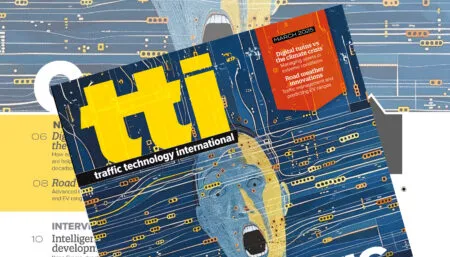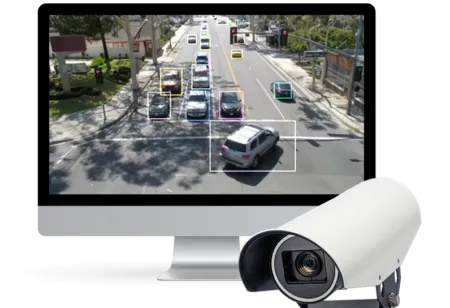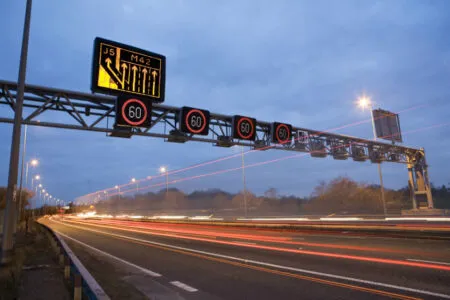The City of Edinburgh Council has become the first authority in the UK to select Fusion, Yunex Traffic’s multimodal network control management solution, which will help improve air quality and network efficiency and reduce journey times.
The council has used road safety funding to introduce Fusion on a specific corridor in one of the city’s Air Quality Management Areas. Using a range of modern data sources, Fusion will continuously monitor approaching traffic and develop accurate indicators of congestion and traffic disruption, ensuring traffic management decisions and target outcomes for all road users are policy-driven. So, for example, traffic signal timings can be optimized more efficiently to ensure active travel modes and cleaner air outcomes are prioritized.
Mark Love, senior engineer (ITS) operational services at City of Edinburgh Council, said, “Our aspiration is to roll out Fusion on other corridors within Edinburgh to maximize the benefits of the system and our combined Yunex UTC-UX and Stratos UTMC platforms.”
Wilke Reints, managing director of Yunex Traffic in the UK, added, “Local authorities’ road networks require efficient real time adaptive traffic control, which needs to be easy to operate and reconfigure and to effectively manage the often-competing demands of cars, HGVs, buses, taxis, pedestrians and cyclists.
“Developed with Transport for London, live trials of Fusion in London and Hampshire have already demonstrated the system’s ability to deliver enhanced network efficiency. At the forefront of adaptive traffic control solutions, Fusion enables all modes of transport to be modelled and optimized with the aim of improving the environment, making walking, and cycling easier and safer, and delivering reliable and sustainable public transport systems,” Reints continued.
Fusion presents a unique opportunity to enhance network performance without the disruption caused by extensive infrastructure schemes. By leveraging its advanced adaptive control technology, authorities can optimize traffic flow, minimize disruptions, and align with their road safety policies. This will lead to reduced congestion and improved air quality, making roads and communities healthier, more sustainable, and more attractive.





